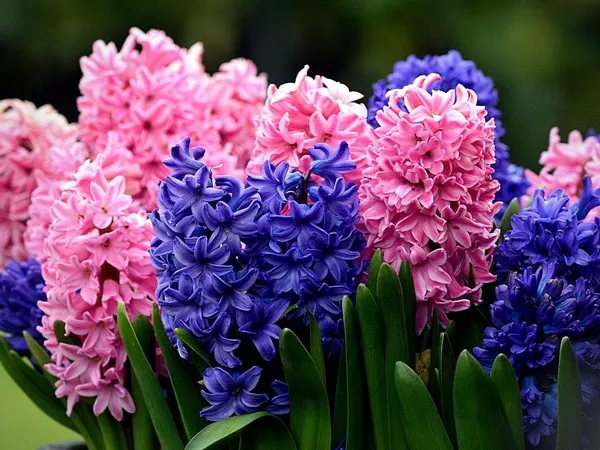Fall’s arrival brings a burst of vibrant color to gardens, and asters, aptly named after the Greek word for “star,” are a stellar choice. These hardy blooms, available in shades of pink, purple, blue, and white, brighten up even the dullest of garden beds. Some aster varieties are native to North America, making them easily accessible and ideal for any landscape.
Asters, ranging in height from 1 to 6 feet and spreading 1 to 4 feet wide, are cherished for their resilience and resistance to deer, according to Evan Santi, president of Urban Plantscapes, serving the Pittsburgh, Pennsylvania, and New York City areas. Evan notes their kinship with sunflowers and chrysanthemums, evident in their floral structure. Beyond their aesthetic appeal, asters act as a magnet for wildlife, drawing in a symphony of color.
Here’s how asters can attract butterflies.
An Abundance of Aster Varieties
North American aster flowers belong to the herbaceous perennial family Asteraceae. A wide array of asters, including heath, calico, aromatic, smooth, and wood varieties, can be found, along with the two most popular species: New York and New England.
“I usually recommend people go with the natives because they’re just beautiful,” Evan suggests. “They offer pollen and nectar in very late fall and sometimes even early winter, which are lacking later in the season for the bees and other wildlife.”
New York asters are hardy in Zones 4 to 8, while New England asters thrive in Zones 3 to 8. Both produce clusters of star-shaped blossoms, although they differ in several ways. New York asters (Symphyotrichum novi-belgii) typically reach 2 to 3 feet in height, characterized by thin stems and smooth leaves. On the other hand, New England asters (S. novae-angliae) grow taller, reaching 3 to 4 feet with thick stems, hairy leaves, and denser flowers.
“New England is a bit more drought-tolerant,” notes Evan, “and the New York aster is also known as the purple aster due to its iconic purple hue.”
Evan recommends three other standout varieties: the blue wood aster (S. cordifolium) flaunts a captivating lavender-blue shade, the parasol whitetop or flat-topped white aster (Doellingeria umbellata) boasts unique white petals, and the aromatic aster (S. oblongifolium) is renowned for its fragrance, which attracts various birds and bees.
Did you know asters are September’s birth flower?
Caring for Asters
Asters can be planted at any point during the growing season and tolerate a wide range of soil types. “Native asters don’t require a ton of fertilizer,” Evan emphasizes, recommending the same fertilizer used in the rest of your garden. Established asters need watering only during extreme heat and drought, while the swamp aster (S. puniceum) thrives in wet soil.
Full sun is preferable for asters, as it promotes strong stem development. Some varieties can tolerate partial shade but may yield fewer blooms. To prevent powdery mildew and rust, which can affect certain asters, plant them in well-draining soil with good air circulation. Enhance the soil every spring by applying compost around the base of the plants and topping with mulch to retain moisture and deter weeds.
Taller asters exceeding 3 feet may require staking at the beginning of the season to prevent toppling. To encourage more blooms, pinch the tops of asters in late June. This practice promotes branching and results in shorter, bushier plants that extend the flowering season. Evan acknowledges that it takes time due to the numerous stems but assures, “you’ll get that big splash at the end.”
Asters shine when paired with other late-summer bloomers. Tall asters complement daisies and daylilies, providing color well into late fall. Smaller varieties stand out alongside low-growing geraniums. “I like the way asters look with Joe Pye weed, purple coneflower, blazing star, yarrow, and goldenrod,” Evan remarks. Nestled in front of ornamental grasses, asters create a tiered effect, adding to the garden’s appeal.


